-
Subscribe
Thanks for stopping by The Colorful Bee! Stay in touch and never miss a post. Subscribe to receive an e-mail when a new post is up, HERE.Sponsor
If you're interesting in advertising on The Colorful Bee, click here to learn more.Contact
You can also email me at Linda.Leyble@gmail.com Categories
Subscribe
Popular posts
-
Recent Posts
Blogroll
Links
Tag Archives: gilding
Fast and Beautiful DIY Finishes for Accessories: Part 2
What I love about reviving accessories that are sitting around my house collecting dust is that it’s such a quick fix and that it saves you money. All you are investing is a little time and some paint.
Here are some accessories that I revamped in my home that you can update too…
A few months ago, I went to Robyn Story’s blog and noticed that she had used Annie Sloan Chalk Paint to decorate some books she had. I thought that this was a great idea – but I decided to try it with Miss Mustard Seed’s Milk Paint in Typewriter. Here’s how I did it. (more…)
Thanks for stopping by The Colorful Bee! Stay in touch and never miss a post.
*Subscribe to receive an e-mail when a new post is up, HERE.
*Subscribe to receive an e-mail when a new post is up, HERE.
How to Create an Heirloom: Easy Way to Add Years to New Furniture
Sometimes you buy a piece of furniture that you love but when you get it home it just doesn’t seem to “go” with your home. This happens to me every now and again – unless I’m buying an antique. I find that by giving it a little bit of antiquing helps quite a bit.
I purchased a lovely Swedish clock that was reasonably priced – especially when I compared it to the real deal antiques that I’ve seen online. The all white clock just looked out of place in my traditional home. So – I got to work, giving it a bit of aging.
- First, I used a clear coat (Aquaseal from Faux Effects) on the entire piece. This seals the surface very well and ensures a better glaze. I let that dry.
- Then I added some adhesive size to some of the the edges of the clock – wherever I wanted to see some gold leafing that was fading. I let it come to tack (about a half hour or so) and then I ripped up some Dutch Metal Gold Leaf and put it on haphazardly wherever I put the size. Let dry.
- Next I mixed up some browns and golds into my glaze mixture (I used Faux Creme clear from Faux Effects) and set about antiquing the piece.
- Finally, after everything was dry, I mixed up some brown and dark brown colorant and dipped a chipbrush into it (and offloaded onto a paper towel) – and then I drybrushed here and there and on the edges to give it more age.
I loved the simplicity of it – just a gentle aging. But as I lived with it what annoyed me was the fact that the clockface still looked new! So I got to work aging the clockface. I just used some glaze that I had leftover from another project that was similar to the glaze I used for the body of the clock – putting it on with a chipbrush and then smoothing it with a badger brush (but you can use any soft bristled brush that you have on hand).
Now the clock looks like it belongs in my home. Everything in my home shows it’s age – including me, sorry to say! I may try to find an an antique clockface to really make it look like an heirloom. And I may do some handpainting on it to give it a little more character.
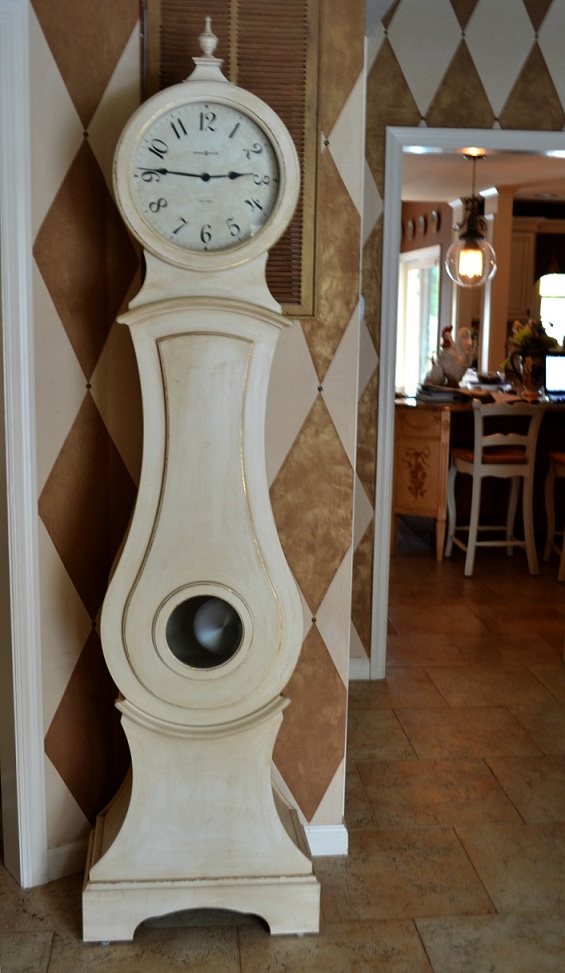 I hope you enjoyed looking at my project! If you’d like to know more about the Venetian Plaster wall finish in the entryway, click here.
I hope you enjoyed looking at my project! If you’d like to know more about the Venetian Plaster wall finish in the entryway, click here.
Sharing this with: Funky Junk Interiors; Between Naps on the Porch; Be Colorful; Home Stories from A to Z; BoogieBoard Cottage; Miss Mustardseed; French Country Cottage; Cherished Bliss
Thanks for stopping by The Colorful Bee! Stay in touch and never miss a post.
*Subscribe to receive an e-mail when a new post is up, HERE.
*Subscribe to receive an e-mail when a new post is up, HERE.
22 Comments
Posted in Uncategorized

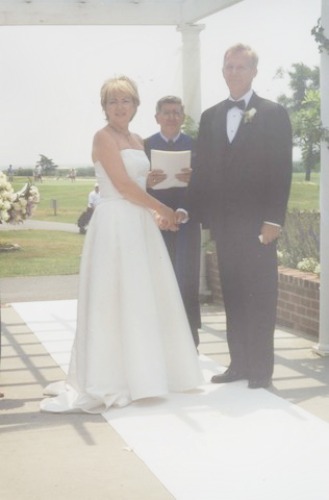
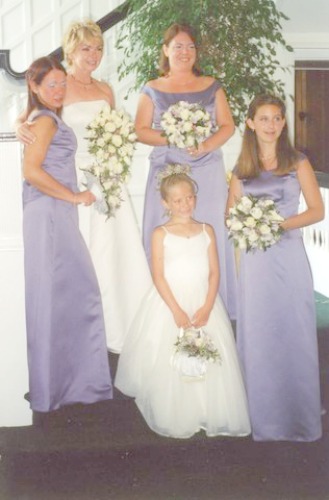
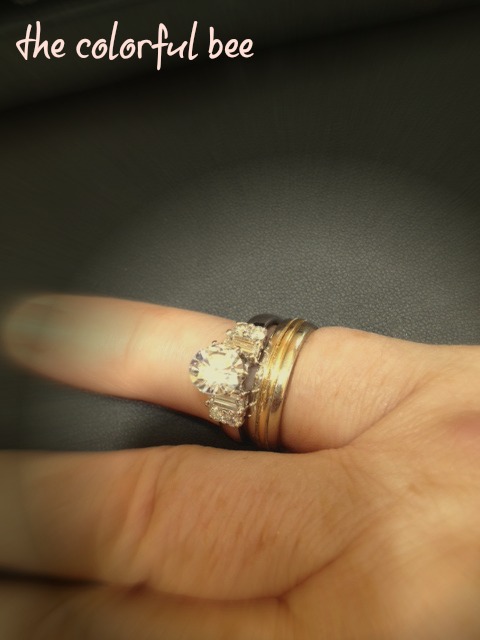
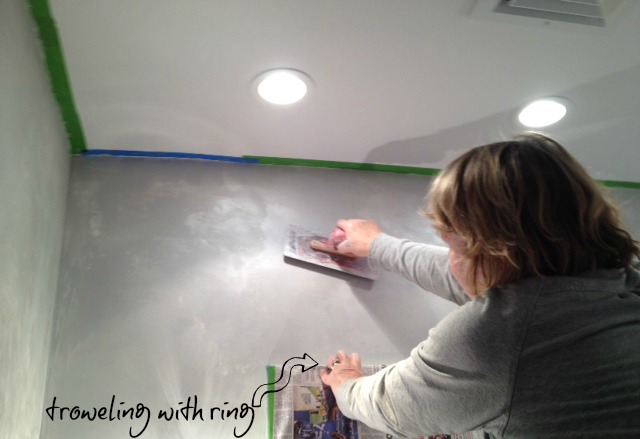
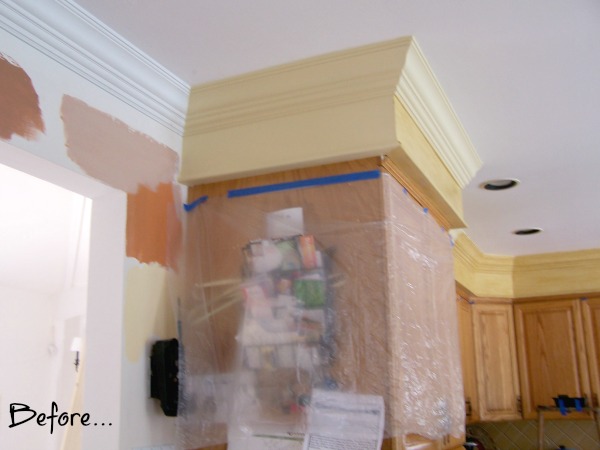
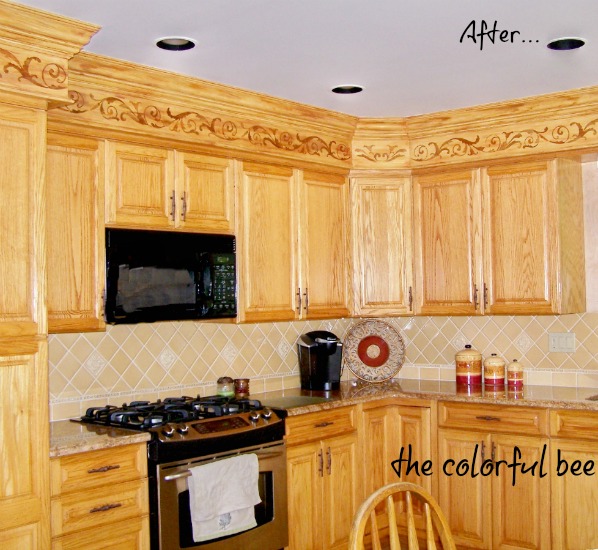
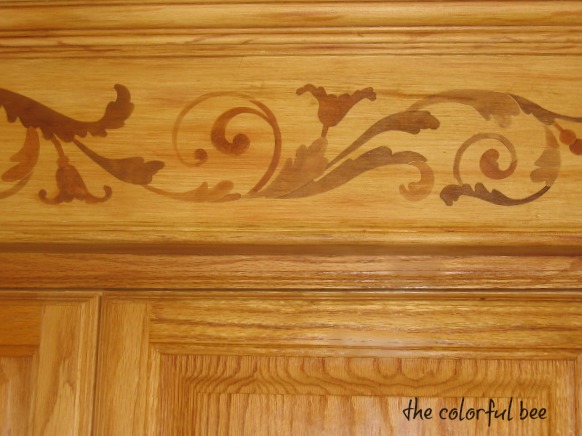
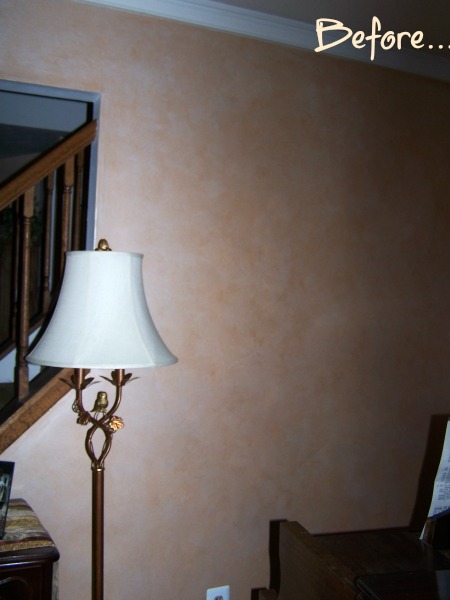
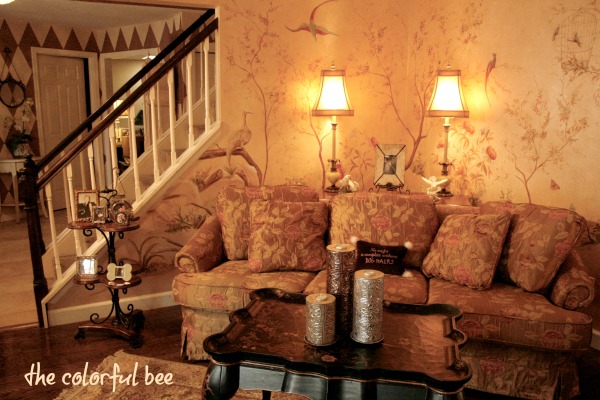
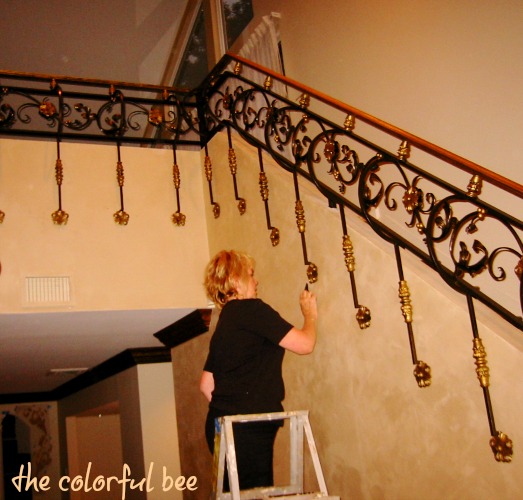
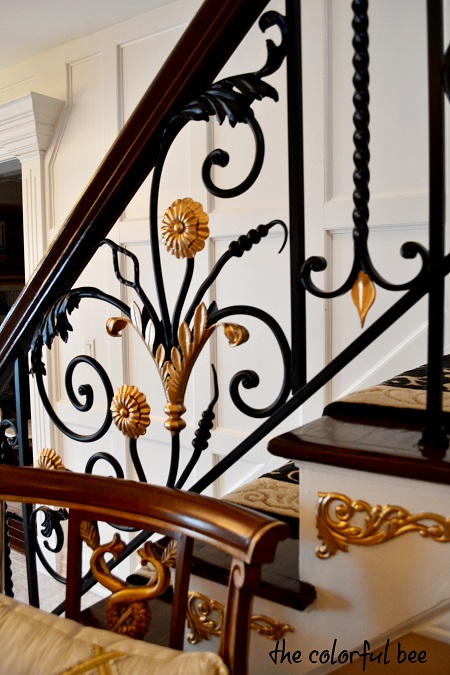
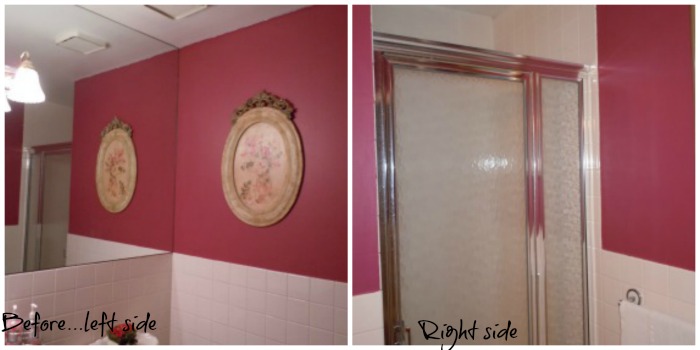
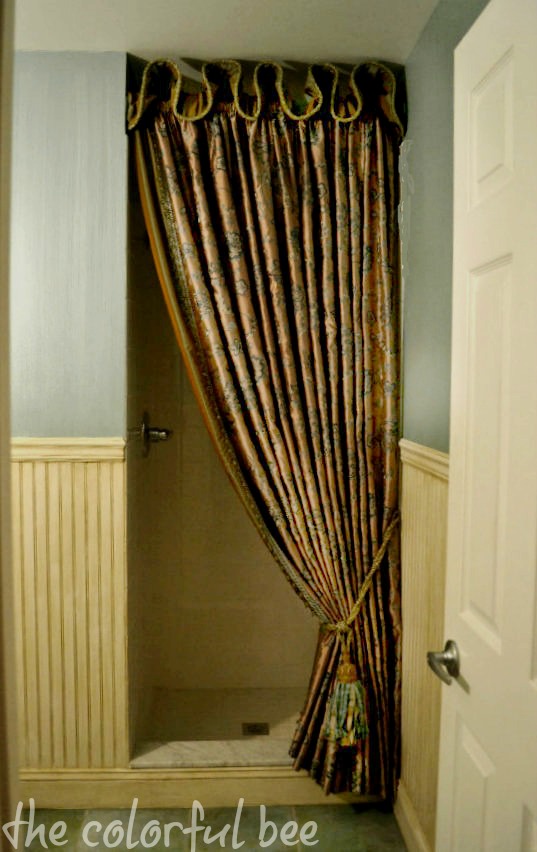
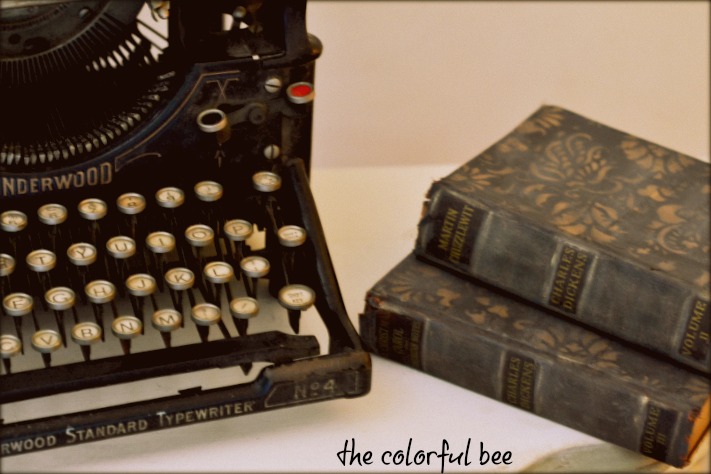
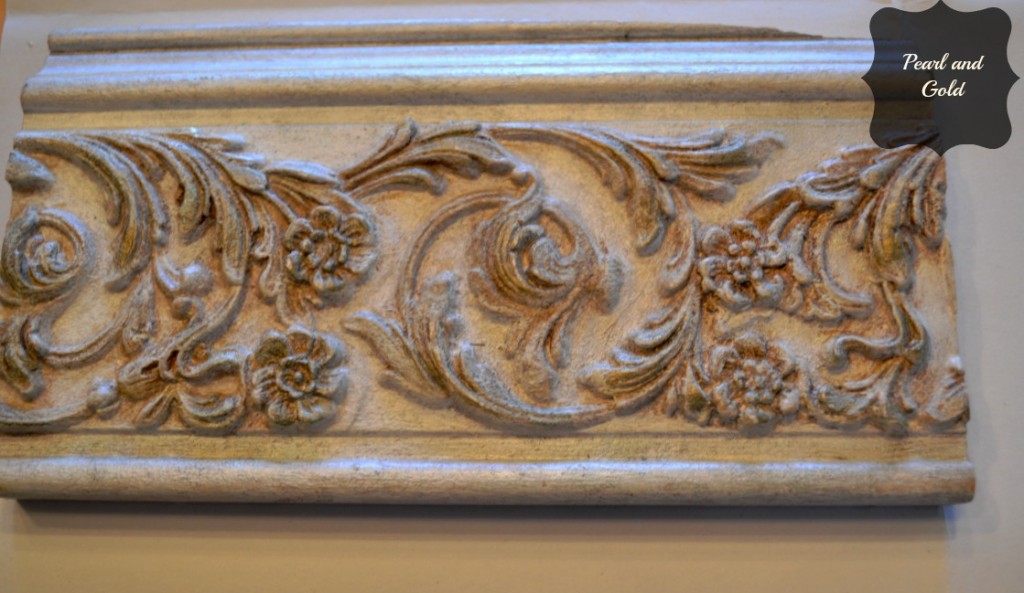
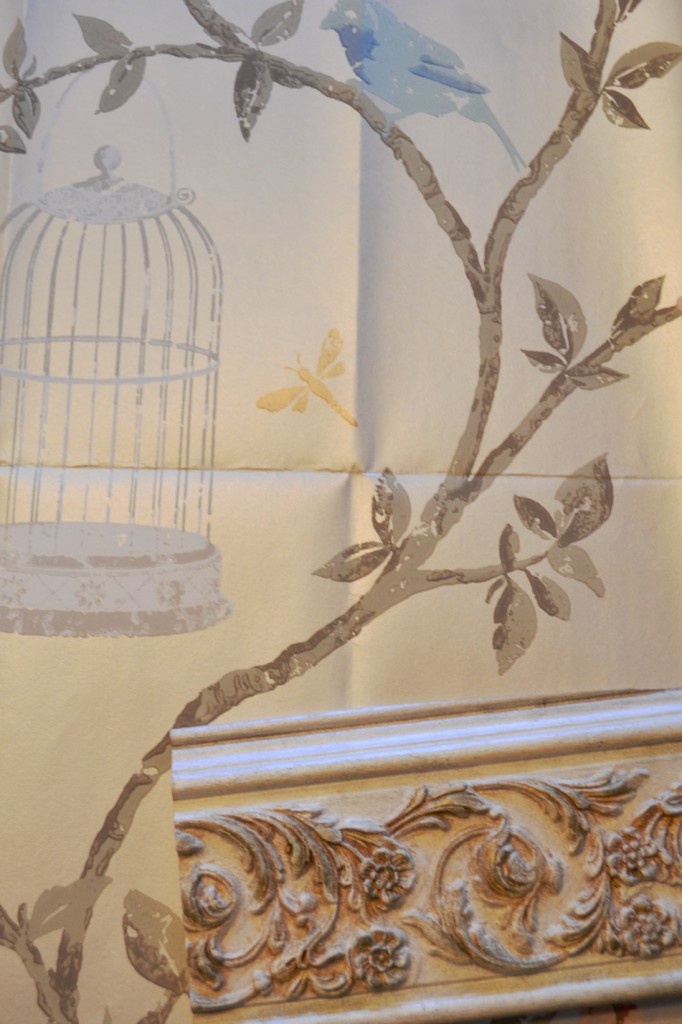
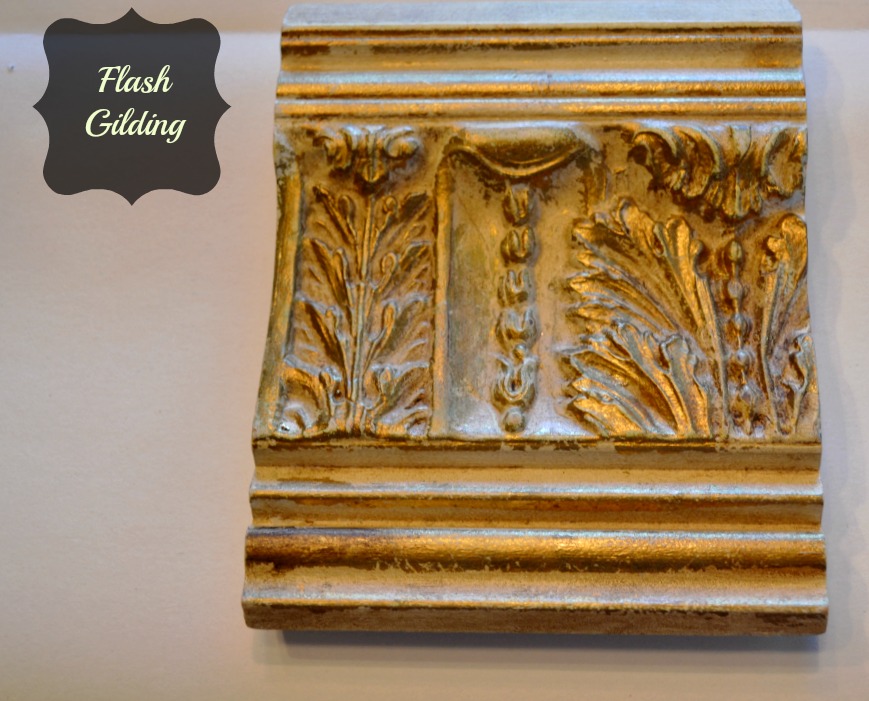
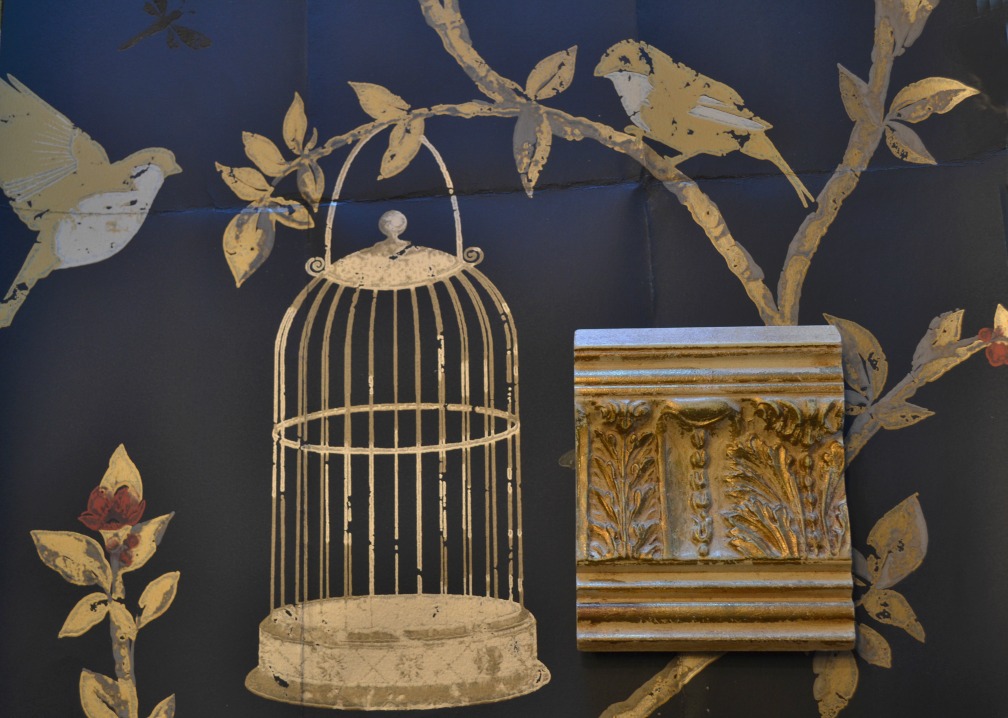
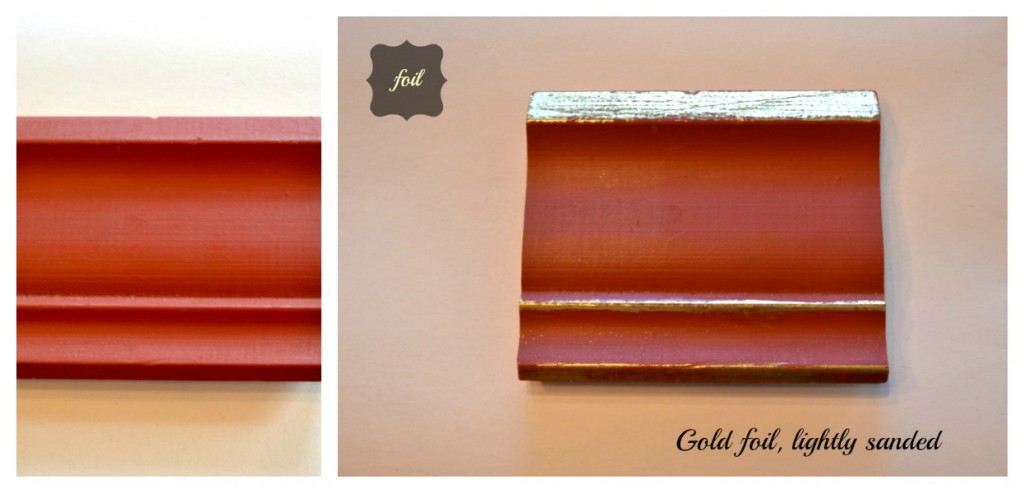
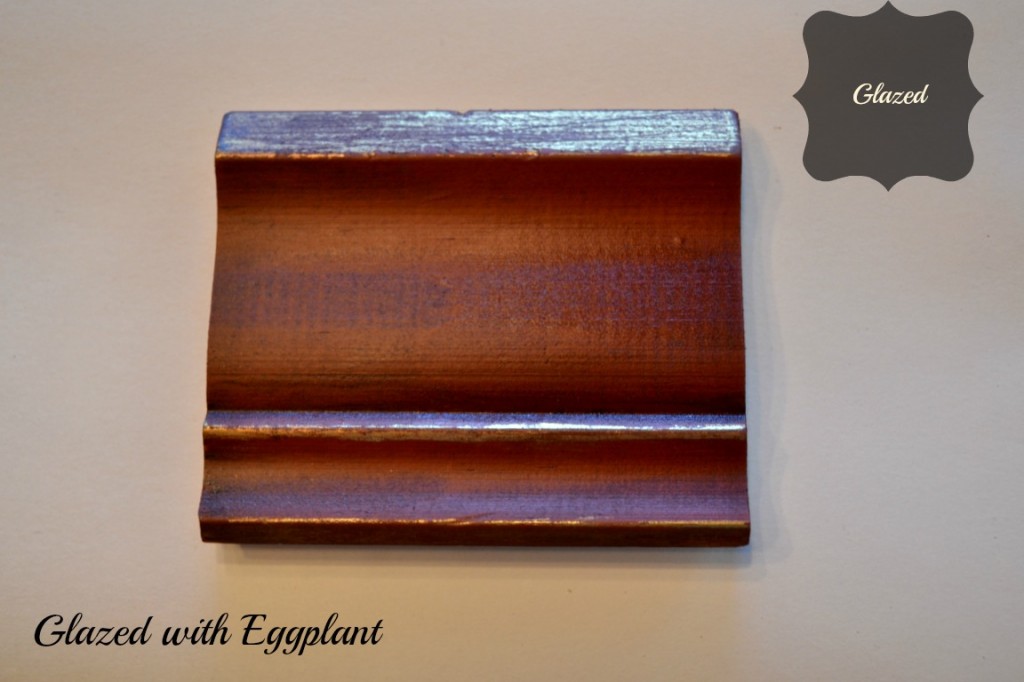
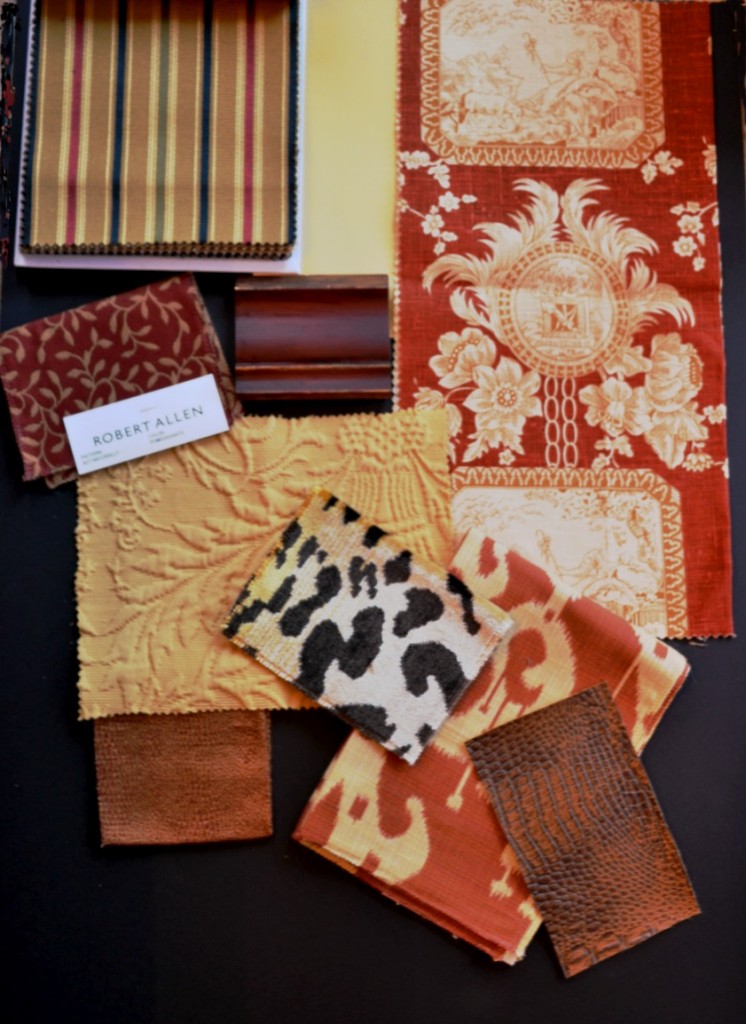
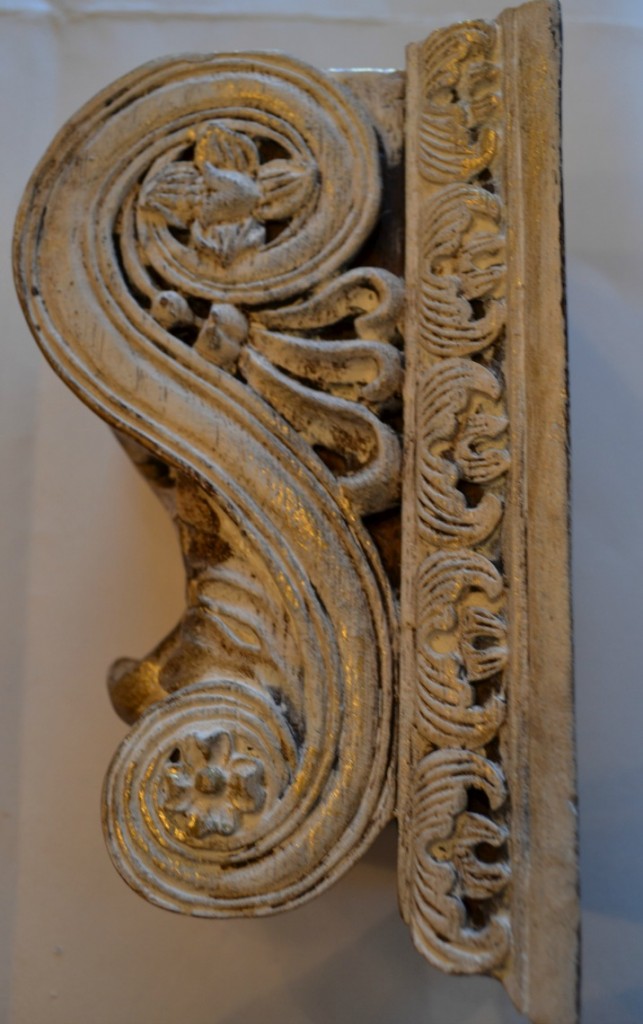
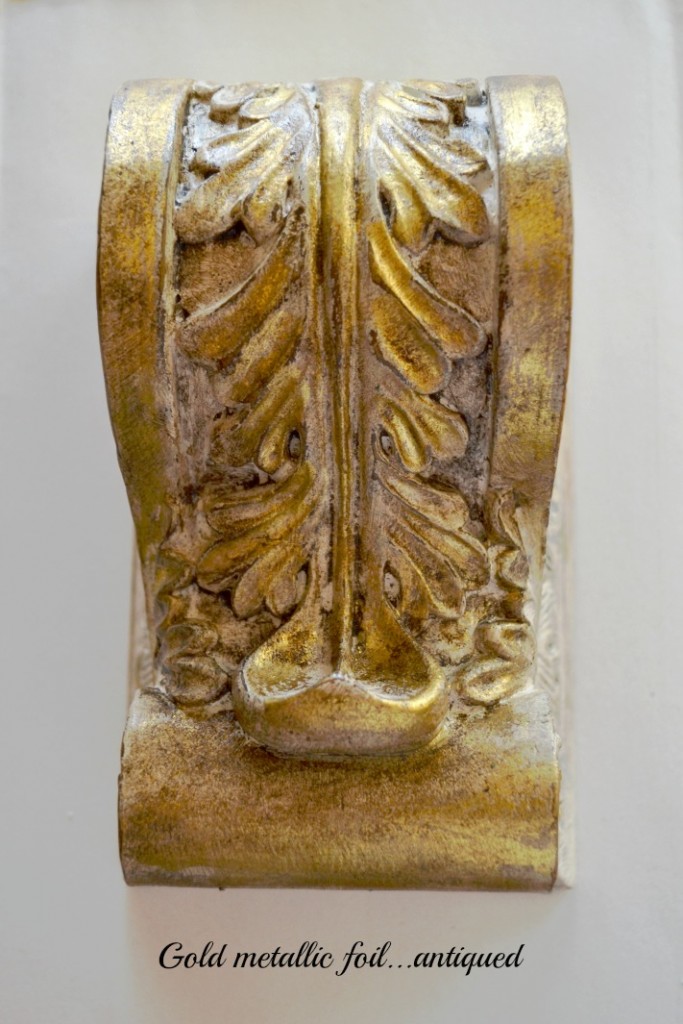
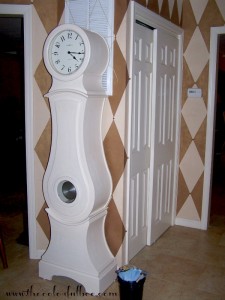
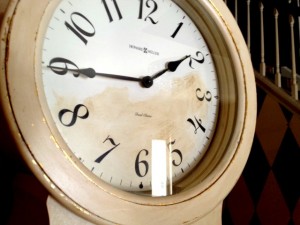
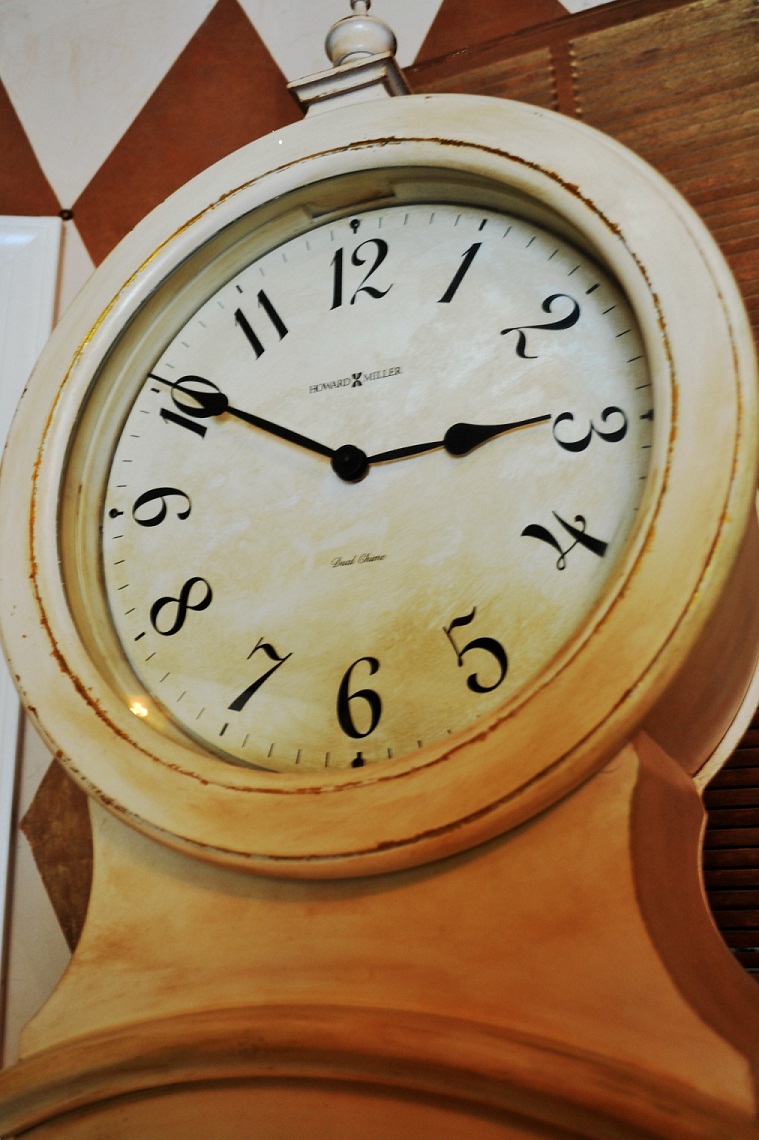

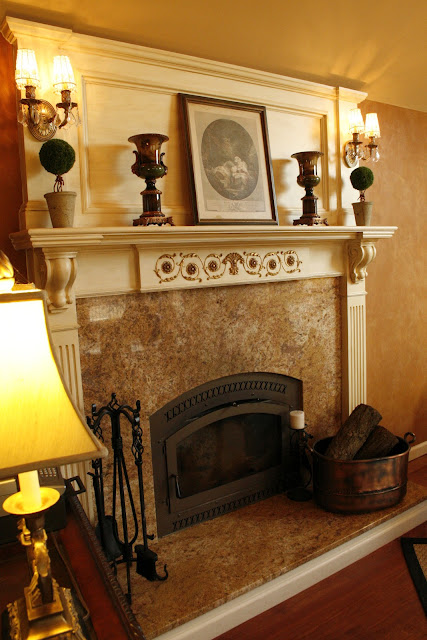









 Decorative Finishes
Decorative Finishes Interior Design
Interior Design Home
Home Garden
Garden Holiday
Holiday Makeovers
Makeovers My Life
My Life Business
Business Tutorials
Tutorials Videos
Videos Paint
Paint